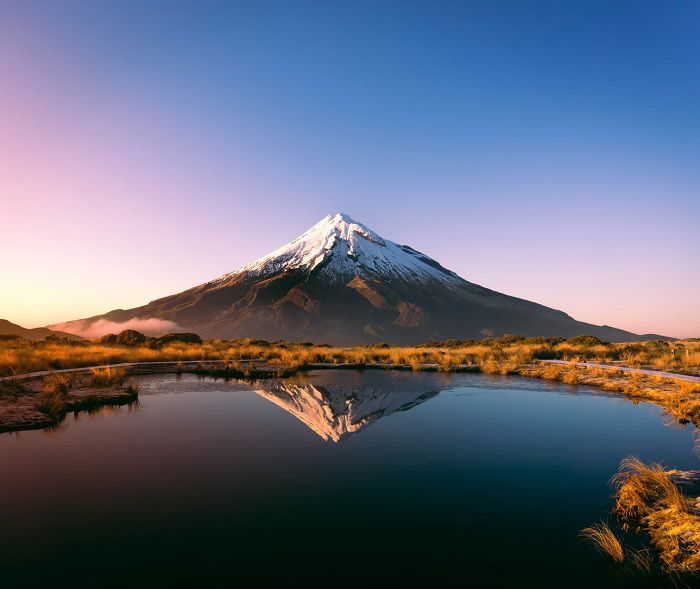Landscape photography is one of the most popular and accessible types of photography. Anyone with a camera can try their hand at it. The trouble is that many landscape images seem familiar even if they’re not. That’s why you need to find new ways of making unique, eye-catching landscape images.
These landscape photography ideas are the perfect remedy for your landscape photography rut. Covering everything from abstract to blue-hour photography, there are tutorials to spark any photographer’s imagination and creativity.
Whether you’re a seasoned pro or new to the genre, these creative landscape ideas will have you fully prepared for your next landscape photography expedition.
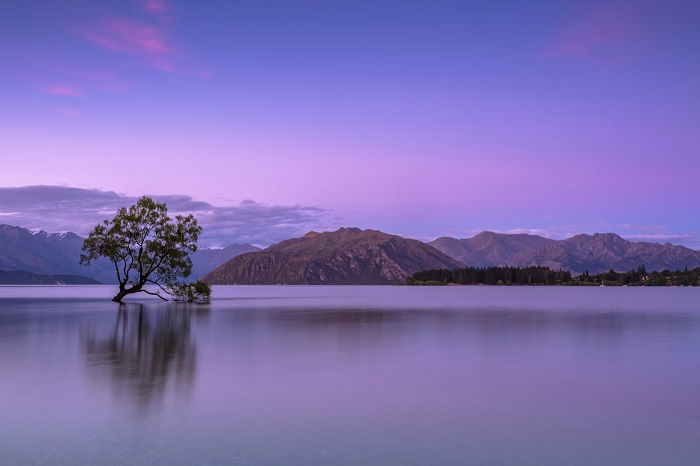
Experimenting with creative landscape ideas is the best way to reinvigorate your passion for the genre. If you’re tired of the same old landscapes, trying out some of these ideas will give you a whole new perspective. You’ll be able to create new types of images and landscapes that are original and breathtaking.
This section looks at themes and styles you can incorporate into your landscape photography. We start with abstract landscape photography, but we also cover black and white and night landscapes. The following sections look at filters for landscape photography and drone landscape photography.
Each sub-section contains a link to a full-length article on the topic, so remember to click the links to find out more about these landscape photography ideas.
Abstract landscape photography pushes the boundaries of traditional landscape photography. It isolates and studies the visual components of a landscape, allowing us to reimagine how we view our surroundings.
Try an aerial perspective to capture shapes, textures, colors, and patterns that are impossible to see from the ground. Remove scale by leaving out familiar-sized subjects like people or cars, letting the viewer focus on other aspects of the image.
Experiment with illusion by photographing subject matter that appears to take on the visual characteristics of a landscape.
Abstract landscape photography is a fascinating and engaging way to deconstruct scenery into abstract shapes and forms. The results might surprise you!
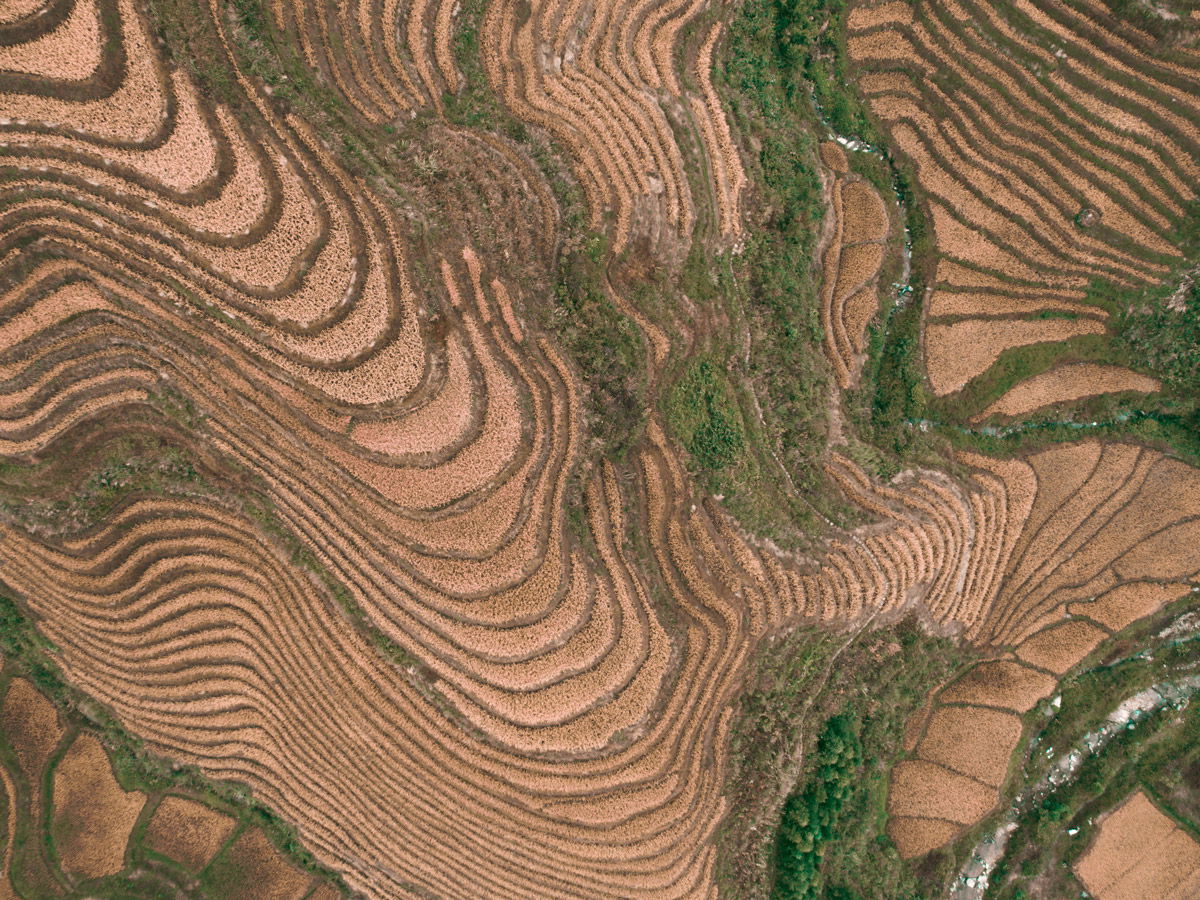
Creating epic panoramas is a great way to add more impact to your landscape photography. And a panorama is a great idea when you’re dealing with a wide scene of natural beauty. Even with a wide-angle lens, you still can’t get enough of the scene in your image.
You shouldn’t use wide-angle lenses for panorama photography. The distortion will make it too difficult to stitch all images together in post-processing. A standard to short-telephoto lens is perfect for this type of landscape photography.
You should always shoot in RAW as this also makes life easier when in post-processing. You can use JPEGs, but you have to be extra careful with your camera settings when taking each shot. Any change in exposure can ruin the final panorama.
Our full tutorial on creating landscape panoramas is the best place to start if you want to learn more.

Aerial photography offers a unique perspective on the landscape. By capturing scenes from above, you can create abstract images that play with our understanding of the environment.
To get started, use Google Earth to find potential locations and gain inspiration for your next aerial shoot. Keep in mind that factors like season and weather can change how the landscape looks.
Drones are a great tool for abstract aerial photography. They’re flexible and can fly close to uneven ground or just above the tree line. This allows you to capture dynamic images without ever leaving the ground yourself. Just make sure you know all the rules and regulations before launching your drone.
If you’d like to learn more about aerial landscape photography, our in-depth article is the perfect place to start.
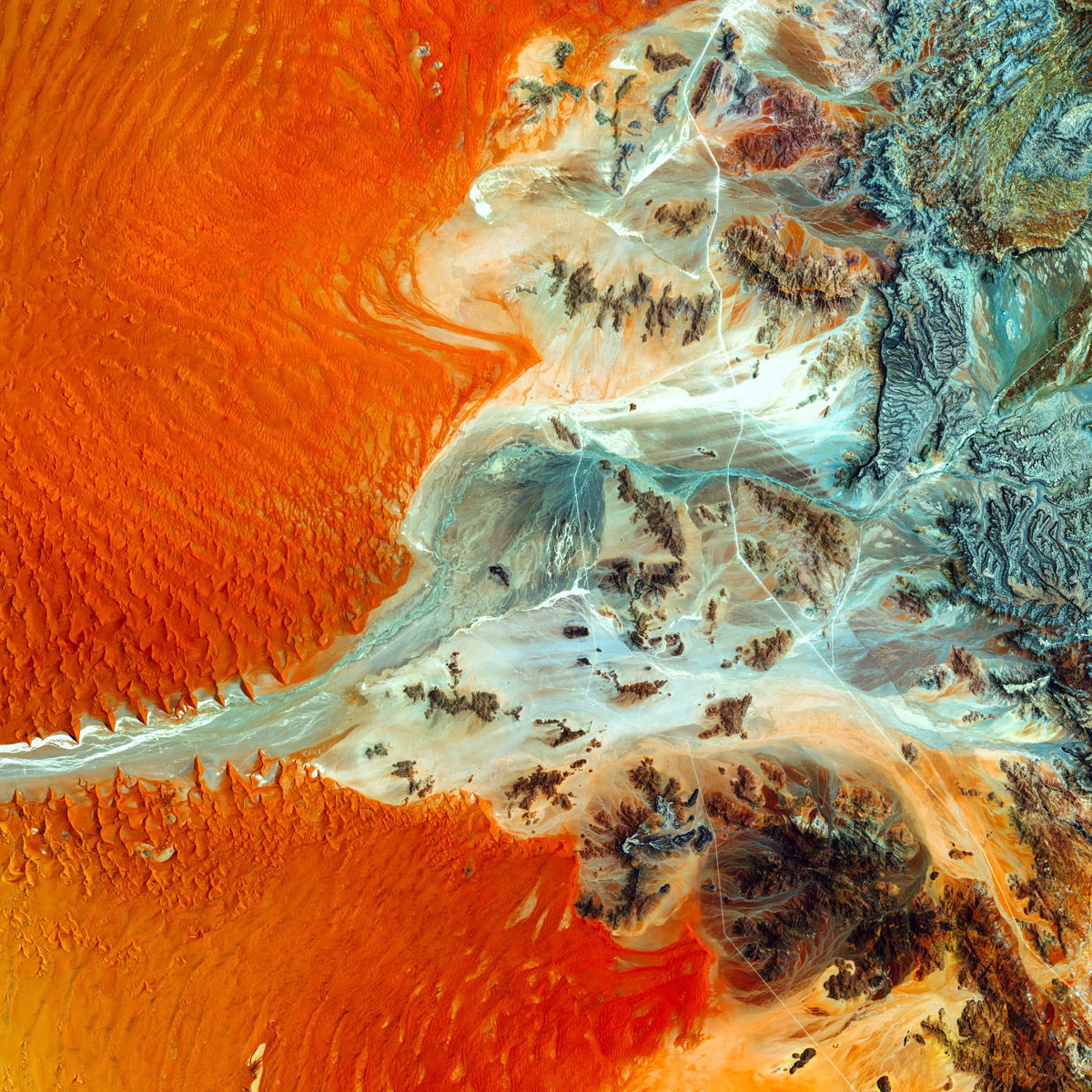
Black-and-white landscape photography has a timeless quality that can produce stunning images. To get the most out of your monochrome shots, look for scenes with strong contrast and interesting textures. Pay attention to composition, and don’t be afraid to experiment with a portrait format.
Using filters can help you get the best tonal range in high-contrast scenes. A graduated neutral density filter will balance bright skies and dark foregrounds, while non-graduated filters can be used to smooth out moving elements like water.
Shoot in RAW and convert your images to black and white in post-processing for the most control over the final result. Plugins like Silver Efex Pro 2 offer a wide range of creative options.
To learn more about creating inspiring black-and-white landscape photography, our guide covers everything from essential gear to advanced editing techniques.
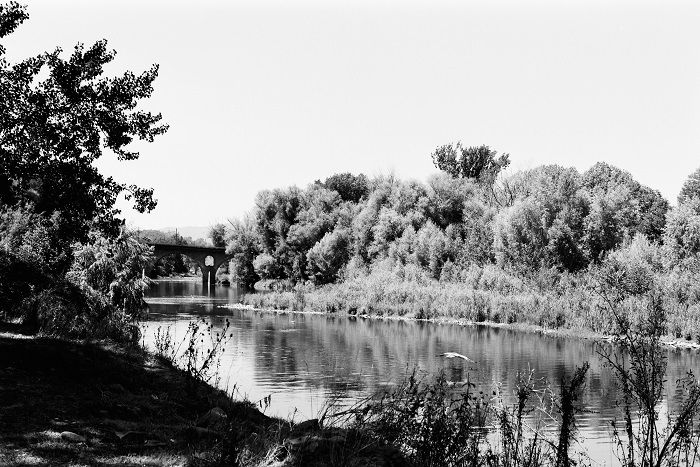
Color theory is a powerful tool for creating stunning landscape photos. Understanding how colors interact can help you capture more vibrant and engaging images.
The color wheel is a great starting point, as it shows the relationships between primary, secondary, and tertiary colors.
Complementary colors, which lie opposite each other on the color wheel, create strong contrast when used together. Split complementary colors offer a more subtle contrast. Analogous colors, which neighbor each other, create harmony.
Triad colors, spaced evenly apart on the wheel, can generate dynamic yet harmonious schemes. Warm colors like red, orange, and yellow evoke immediacy and energy. Cool colors such as blue, green, and violet inspire calm and tranquility.
Understanding how colors affect emotions allows you to create landscape photos with greater visual interest and emotional depth.
To dive deeper into colorful landscape photography, follow this link for more info.

Long-exposure photography is a great way to get creative with landscapes. With the shutter open for longer periods, areas of movement become blurred. This gives you a soft, dreamy effect that adds new life to a landscape scene.
Long exposures work best on overcast days. Firstly, the sunlight isn’t so bright so there’s less risk of overexposure. And it adds to the softness of the final image.
When it comes to equipment, a tripod is absolutely essential. The camera needs to be kept in position when using long shutter speeds. The slightest hint of camera shake will turn your images into a blurred mess. That’s also why using a remote shutter release is a good idea.
It’s difficult to shoot long-exposure landscapes without a neutral density filter. This filter reduces the amount of light that passes through the lens, allowing you to use slower shutter speeds or wider apertures outdoors.
If long-exposure landscape photography sounds like something you’d enjoy, click the link for more information.

Fine art landscape photography is about capturing the emotion and story of a scene. Use color, composition, and creative techniques to evoke feeling in your images.
Telephoto lenses are great for isolating patterns and shapes in the landscape. Even a small change in perspective can have a big impact on your composition. Experiment with different focal lengths to find unique perspectives.
Always edit your photos to bring your vision to life. The Curves tool is powerful for adjusting contrast and color. Black and white can emphasize shapes and forms in the image.
Look for ways to create visual interest, like using negative space or capturing temporary elements in a scene. Revisit subjects in different conditions to capture the perfect shot.
With practice, you can create fine art landscape photography that tells a compelling story.

While natural scene might come to mind when you first think of landscapes, urban areas are also excellent locations for landscape photography. These images are often called cityscapes, but many of the principles are the same.
You need to train your eye to look for new visual elements in urban environments. You don’t have trees or rock formations to create interest and texture. Instead, you need to look for buildings and other structures for compositional elements.
Urban environments are filled with lines and shapes, which are great for leading the viewer’s eye or creating harmony or tension.
This article is the best resource if you want to learn more about urban landscape photography.
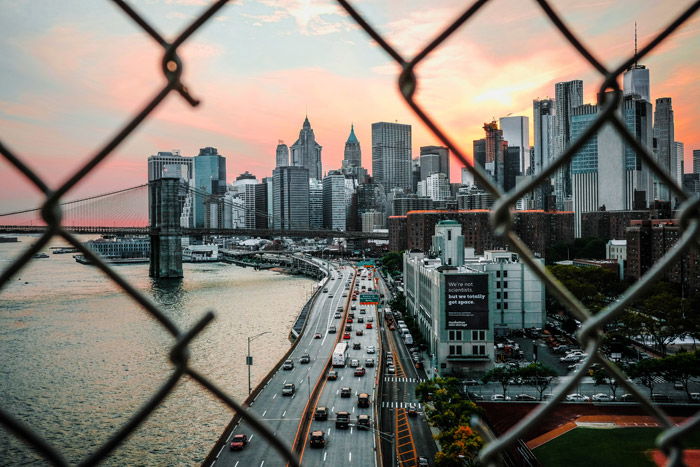
Choose the right location, like coastal areas, deserts, or mountains with few distracting elements. Compose your shot without any extra objects, and use composition rules like the rule of thirds or including lots of negative space.
Wide-angle lenses work well when you can get close to your main subject. But longer focal lengths let you zoom in on a clean part of a busy scene and blur the background.
Aerial shots from a drone are another great option for minimalist landscapes. Pick one striking focal point, like a lone tree, building, or jetty to draw the viewer’s eye.
Stick to just a few colors in the frame for a stronger minimalist look. Silhouettes make interesting subjects—shoot into the light and expose for the sky. Long exposures can also increase the minimalist effect by blurring water or clouds, giving the viewer less to pay attention to.
Visiting at the right time of day, like sunrise or sunset, will help you avoid crowds and get the best light.
Minimalist landscape photography takes practice, but these tips will help you create stunning, simple images.
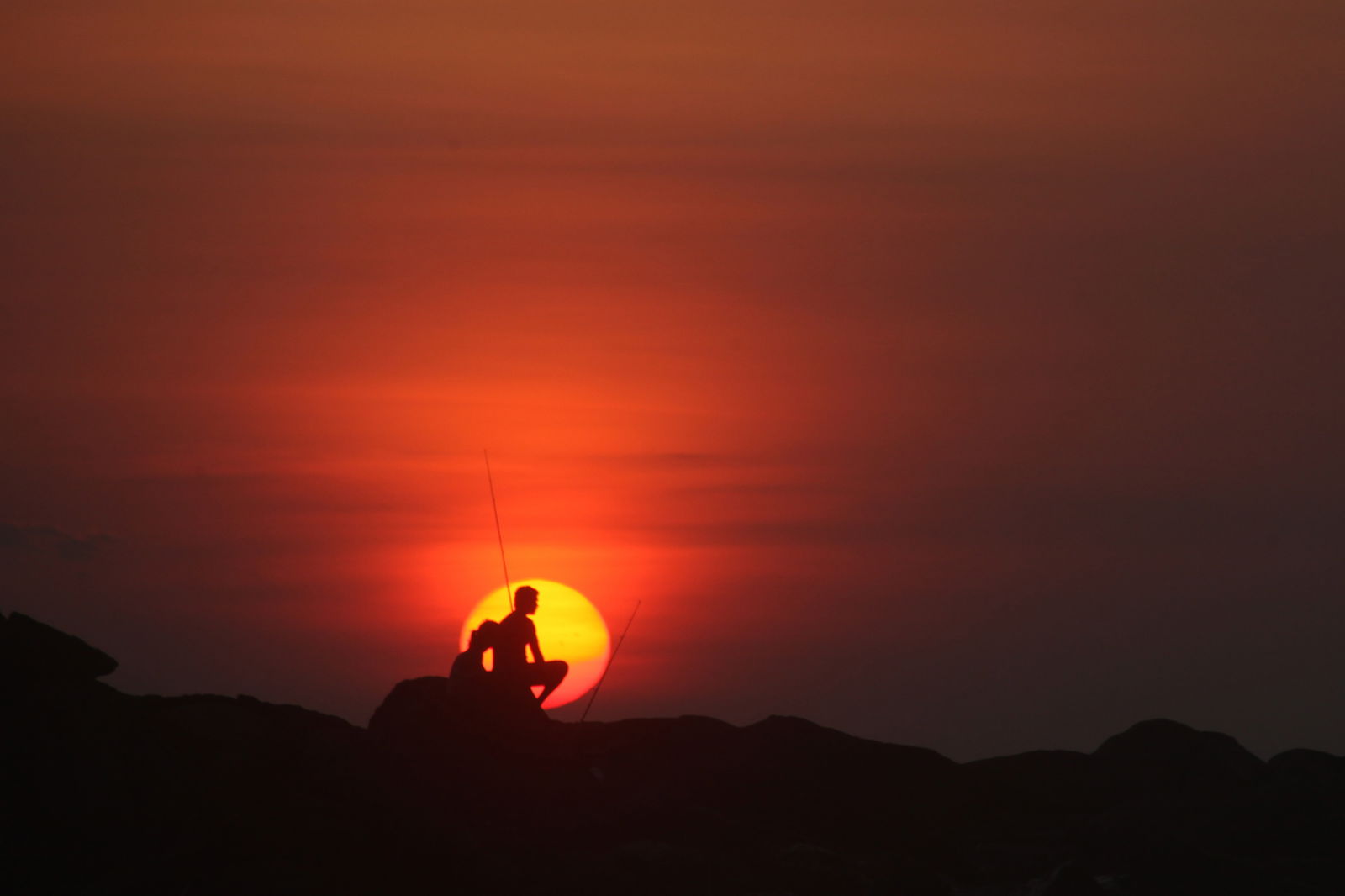
HDR tone mapping is a technique that combines multiple photos taken at different exposures to create a single image with a high dynamic range. This allows you to capture more detail in a scene’s highlights and shadows.
To create an HDR image, use a tripod and take at least three bracketed shots at different exposure levels.
Next, merge the photos using HDR software like Photomatix, Aurora HDR, or Photoshop’s built-in HDR Pro. These programs will align and blend the images, giving you a starting point for tone mapping.
Tone mapping is where you adjust the merged HDR image to achieve a natural-looking result. It’s best to use subtle processing here to avoid an overly artificial look.
Check out the full article if you want to learn more about HDR tone mapping.

Night landscape photography can be challenging due to the lack of natural light. To capture stunning nighttime landscapes, you need the right gear and techniques. A sturdy tripod is essential to avoid camera shake during long exposures.
Use the widest aperture on your lens to let in more light. This allows you to keep the ISO low, which reduces noise in the image. Compose your shot carefully, including interesting foreground elements like trees or rocks.
Shoot in RAW format for the best image quality. In post-processing, adjust the white balance and exposure settings first. Then make minor tweaks to contrast and sharpness to make the stars pop.
Night landscape photography takes practice, but with these tips, you’ll be capturing the beauty of the night sky in no time.
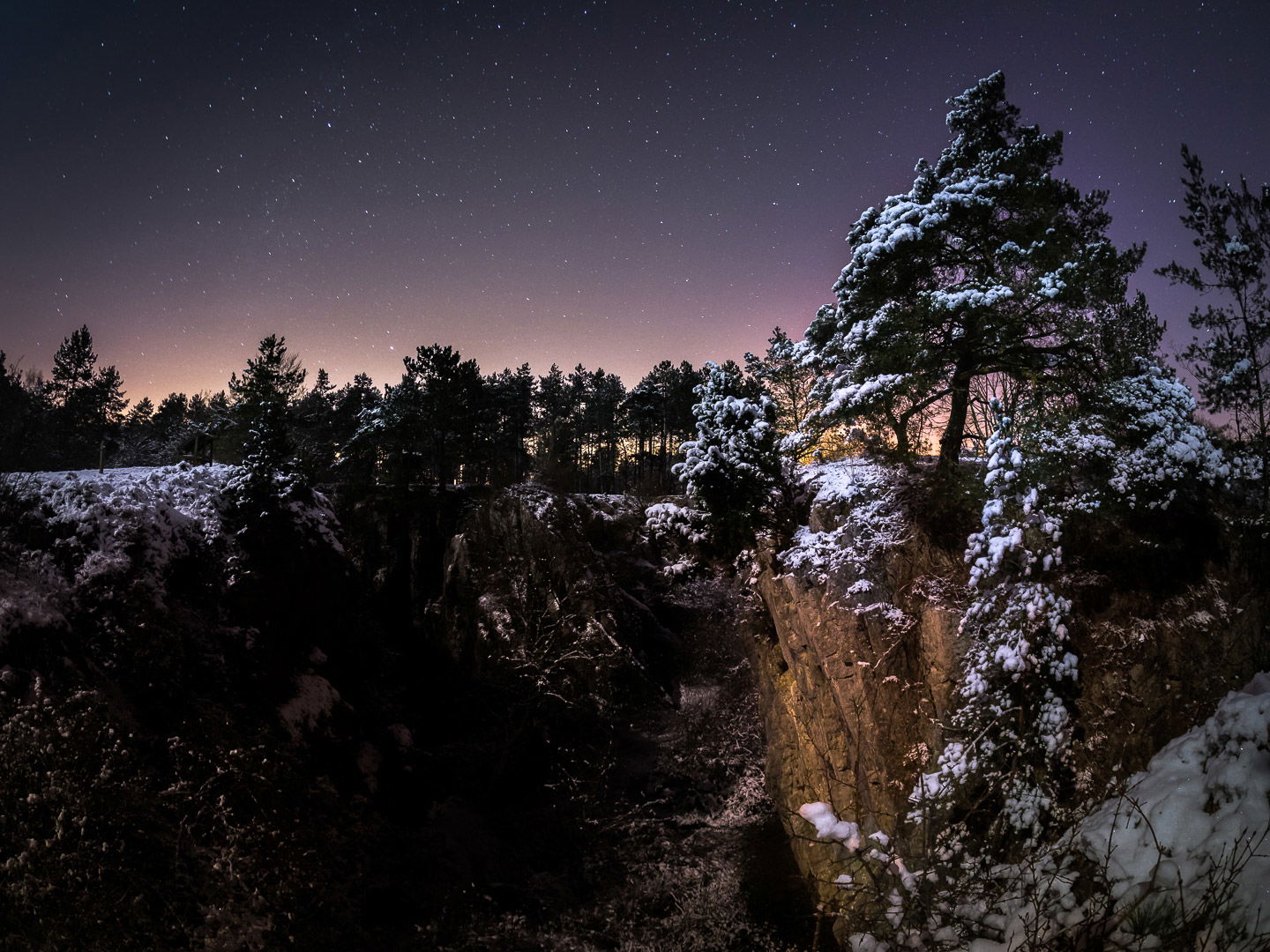
The blue hour is a magical time for photography that occurs just before the sun rises in the morning and sets in the evening. The sky takes on a beautiful blue color, creating a stunning backdrop for your photos.
To capture the best blue hour shots, arrive early at your location and use a tripod to keep your camera steady.
Experiment with different settings to achieve your desired look. A narrow aperture like f/8 will keep the entire scene sharp, while a wider one like f/4 allows you to use a faster shutter speed if there’s motion in the scene.
With the short window of time available during blue hour, it’s important to plan ahead and work quickly. Scout your location, compose your shots, and take test photos before the light fades.
Blue hour photography rewards those willing to put in the effort with captivating, colorful images.

Filters are a simple accessory that can greatly improve your landscape photos. Neutral density (ND) filters reduce light entering the lens, allowing for longer exposures and wider apertures in bright conditions.
They come in different strengths and types like graduated ND filters that balance exposure across the scene.
Polarizing filters are another popular choice. They reduce reflections and glare, deepen colors, and boost contrast in a way that can’t be replicated in editing. Infrared filters block visible light to create unique, surreal-looking images.
Using filters requires some adjustments to camera settings and technique. But with practice, they can take your landscape photography to the next level.
To learn more about filters for landscape photography, check out our in-depth guide.
ND filters reduce the amount of light entering your camera. They allow you to shoot with slower shutter speeds or wider apertures in bright conditions. This is useful for creating motion blur effects or achieving a shallow depth of field.
ND filters come in different strengths, measured in stops of light reduction. A one-stop ND filter cuts the light in half, while a 10-stop filter reduces it by a factor of 1000. They are available in screw-on, slide-in, or drop-in types to fit various lenses.
When choosing an ND filter, consider the quality of the glass to avoid color casts or loss of sharpness. Using an ND filter requires a tripod to keep the camera steady during long exposures.
To learn more about choosing and using ND filters, check out our detailed guide.
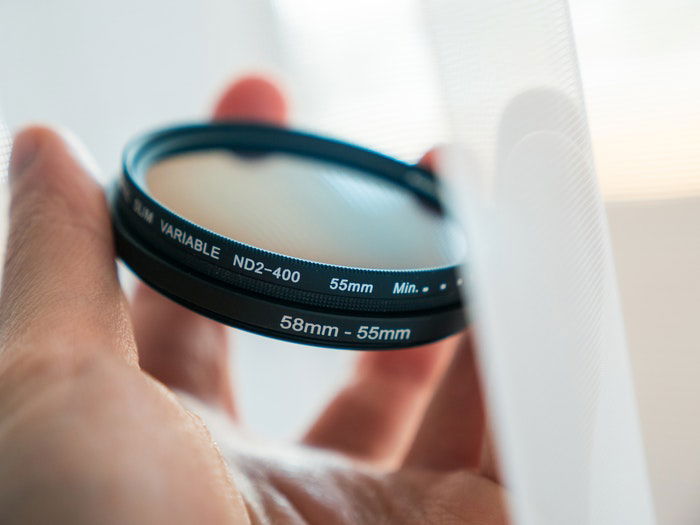
An ND filter is an important tool for long-exposure photography. It can help you take photos that would be impossible without it.
ND filters are like sunglasses for your camera. They reduce the amount of light that reaches the sensor. This lets you use slower shutter speeds to capture movement in your images.
Using an ND filter is simple. Just attach it to your lens and adjust your camera settings. But remember, you’ll need to use a tripod to avoid camera shake.
Long-exposure photography filters open up a world of creative possibilities. They let you capture silky smooth water, streaky clouds, and other interesting effects.
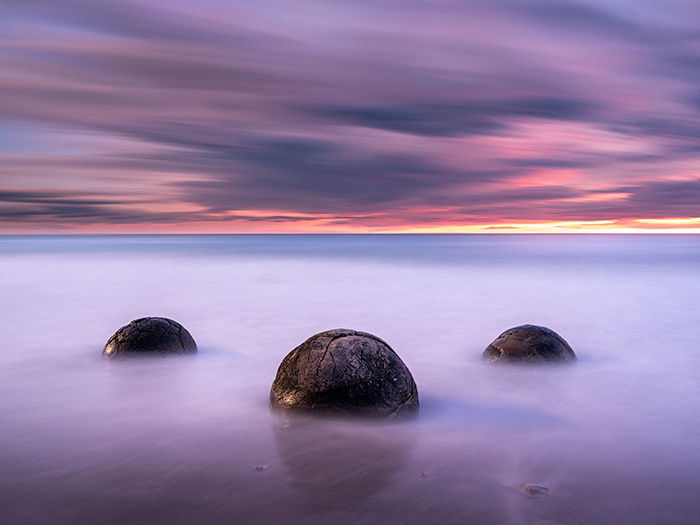
A circular polarizing filter (CPL) is a must-have for landscape photographers. It reduces glare and reflections from surfaces like water and glass. CPL filters also darken and intensify blue skies, making clouds pop.
The filter works by only allowing specific light waves to pass through. This cuts down on reflections and improves color saturation. Keep in mind that a CPL filter can reduce the amount of light entering your lens by one or two stops.
For the best results, use a CPL filter when the sun is to your side. Avoid using one with an ultra-wide lens, as it may cause a halo effect in the sky.
Here’s our in-depth guide that covers everything you need to know about CPL filters.

Drone photography offers a unique bird’s-eye view perspective, allowing you to capture stunning landscapes, cityscapes, and architecture from new heights.
To get started, it’s important to choose a quality drone with a good camera resolution and practice flying exercises to build confidence and skill. Safety is also key, so be sure to research local laws and regulations before flying.
When composing your drone shots, try using creative techniques like the rule of thirds, patterns, and including people for scale. Editing your photos afterward in programs like Lightroom or Photoshop can help you perfect the final images.
From real estate marketing to wedding photography, drones can add an extra wow factor to many types of photo shoots.
To learn more about drone photography, check out our comprehensive guide.
Drones have opened up a whole new world of landscape photography. Here are some tips to take your drone landscape photos to the next level.
Keep your drone close to the ground to capture the contours of the landscape. This shows depth, size, and shape in a way you can’t see from high up. Use side lighting to reveal the shape and depth of the scene, just like in portrait photography.
Look for symmetry and contrasting textures in your compositions. Drone photography can have a painterly feel due to the way it captures the textures of the landscape. Use a tablet to see more of what your drone sees, making it easier to compose photos and fly safely.
This article is the perfect resource if you’re interested in landscape drone photography.
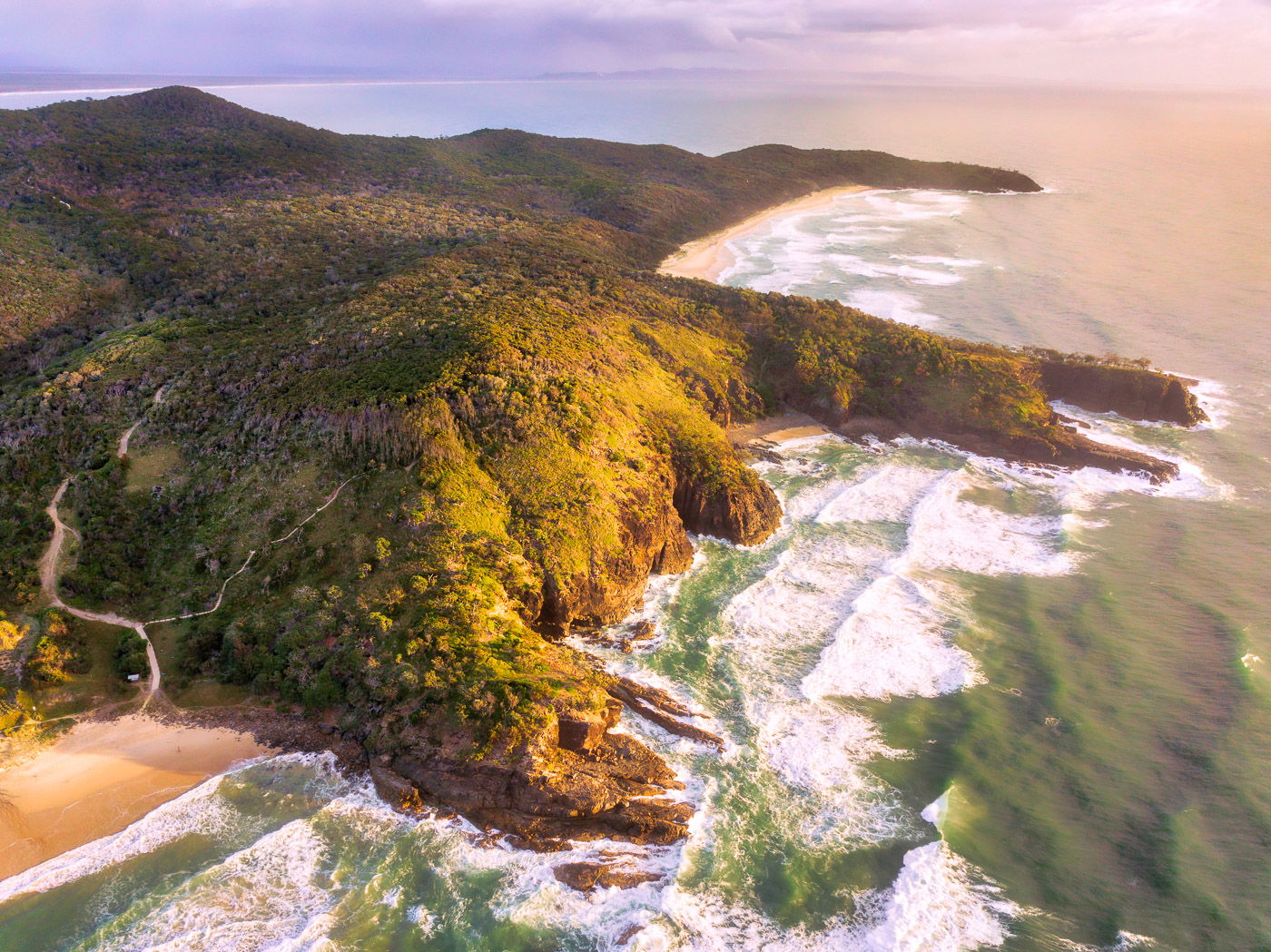
Drone apps make flying and capturing aerial photos easier than ever. AirMap is a must-have app that provides location-based flight restriction info for drone pilots in over 20 countries. It’s especially useful for those who like to travel with their drone.
Google Maps is another great tool for drone photography. Use it to find interesting compositions and the best places to launch your drone. Terrain mode is helpful for seeing the contours of the landscape.
Other useful drone apps include UAV Forecast for detailed weather information, DJI Go for flying DJI drones, and Litchi for autonomous tracking features.
With the best drone apps available, you can find the perfect ones to improve your drone photography and take your aerial photography to new heights.
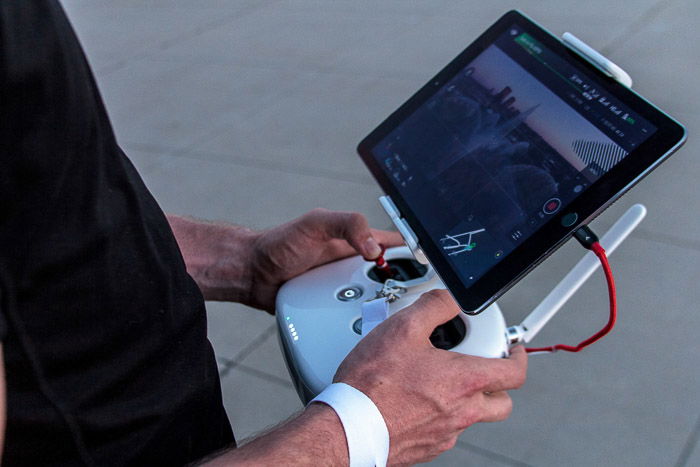
Using a drone ND filter can help improve your aerial photography in bright sunlight. ND filters reduce the amount of light entering the lens, allowing you to use slower shutter speeds without overexposing your images.
When choosing an ND filter, consider the intensity level you need based on the lighting conditions. ND filters come in different strengths, such as ND4, ND8, ND16, and ND32, with higher numbers indicating less light transmission. It’s important to invest in a good quality filter pack to ensure the best results.
To use an ND filter effectively, shoot in Manual mode to have full control over your camera settings. Adjust your shutter speed and ISO to achieve the desired exposure while using the ND filter.
With the right combination of settings and an ND filter, you can create stunning aerial photos and videos with beautiful motion blur.
If you’d like to learn more about ND filters for drone photography, check out our in-depth guide.

